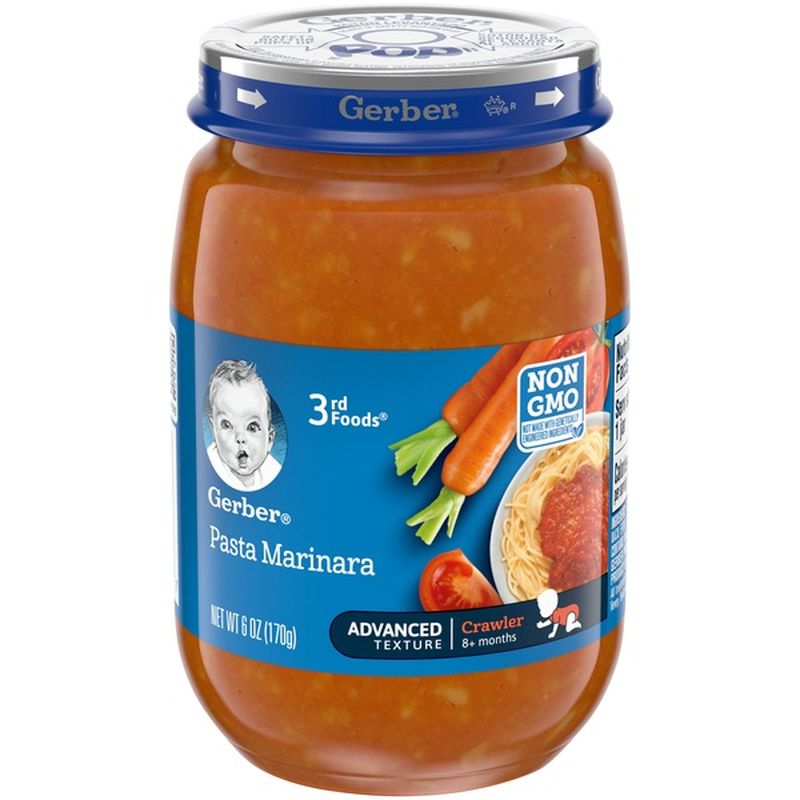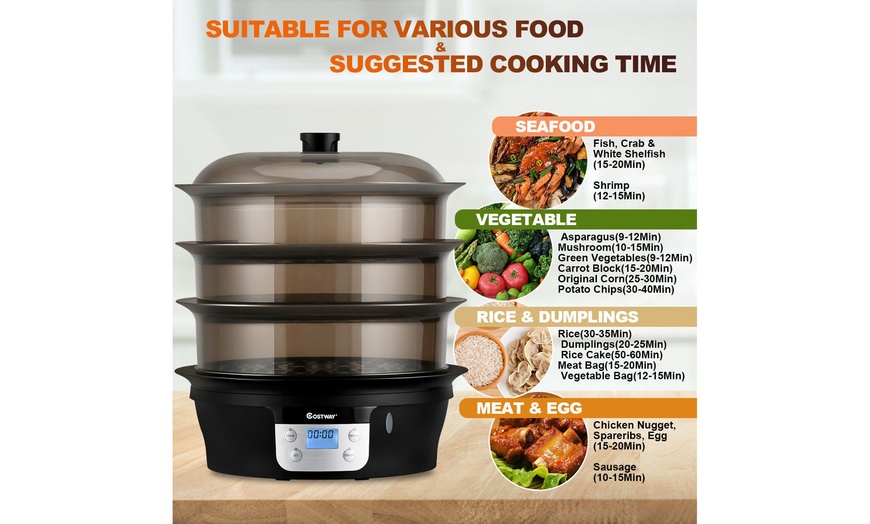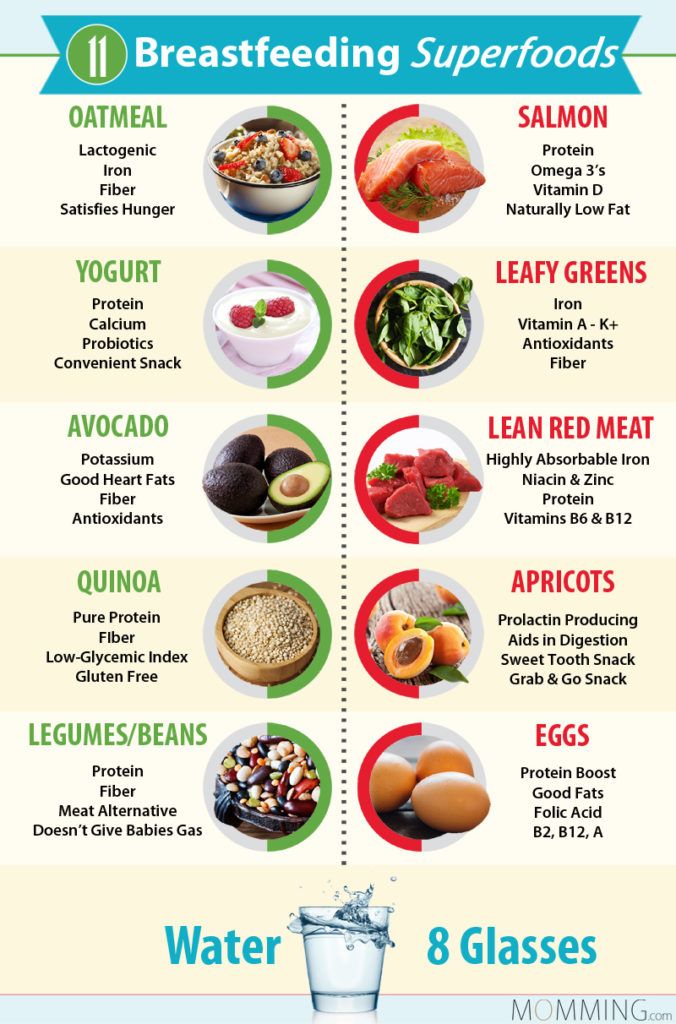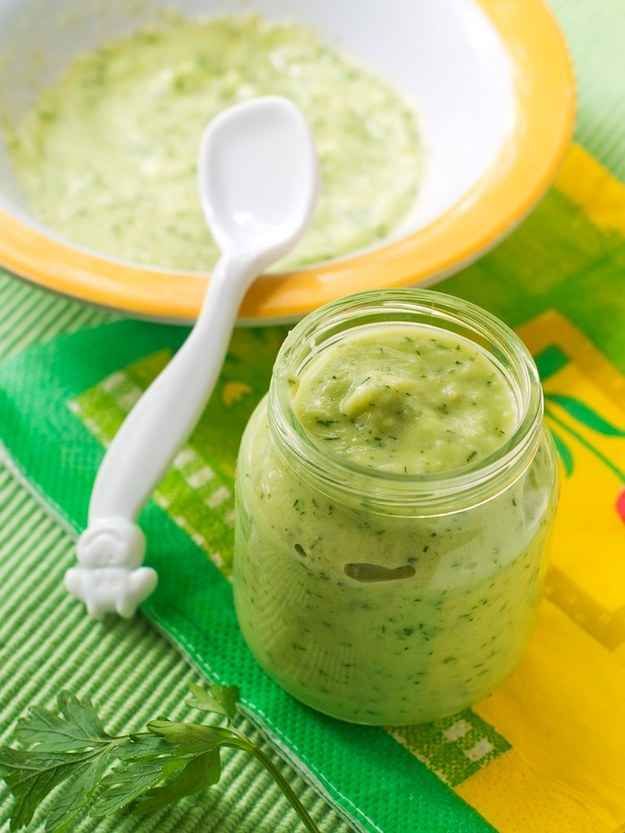Pasta baby food
Iron-rich Baby Pasta - MJ and Hungryman
By Min On
This post may contain affiliate links. Please see our disclosure policy for more details.
Share or Save It for Later!
Jump to Recipe
A baby pasta recipe that is loaded with iron and vegetables! You’ll also find answers to the most commonly asked questions regarding pasta for babies, such as when to introduce and which types are best.
Jump to:- Which type of pasta are best for babies?
- Which pasta shapes are best?
- What makes this the perfect baby pasta?
- Ingredients
- Step-by-Step Instructions
- Frequently asked questions
- More baby-friendly pasta ideas
- Iron-rich baby pasta
Which type of pasta are best for babies?
Generally speaking, all pastas are great! They are great sources of carbohydrates, which babies need to support their rapid growth and development.
Legume-based pasta (such as chickpea, lentil, edamame) have the added benefit of providing more iron, protein, and fiber compared to rice and wheat-based pasta. However, they are more expensive so rotate through.
Always focus on offering as much variety of foods as possible from the start.
And just like toast and oatmeal, pasta is such a great vehicle for introducing your baby to all kinds of nutritious ingredients.
Related post: Best First Foods
Which pasta shapes are best?
It may sound counterintuitive, BUT bigger is better and safer for babies who’ve just started solids. Fusili, rigatoni, ziti, penne, egg noodles, and lasagna cut into strips are all great options.
I personally love fusili for this recipe because the sauce really clings to the grooves.
If you’re spoon-feeding or encouraging your baby to use a spoon, small pasta like orzo, mini stars, or chopped angel hair/spaghetti will work well.
Once they develop their pincer grasp (usually around 9-10 months), you can serve smaller shapes, like macaroni, orzo, orecchiette, or cut up large pasta.
What makes this the perfect baby pasta?
This simple tomato-based pasta sauce is:
- Made without salt and sugar
- Rich in iron - an extremely important nutrient for babies
- A very forgiving recipe - you don’t have to be super exact with the ingredient measurements and can swap out any vegetables you wish
- Perfect for both baby led weaning and spoon feeding approaches
- Delicious enough for the whole family to enjoy together.
 As you can see in the image above, you can set aside a portion for baby and blend while serving the sauce as is (thick and chunky) for everyone else, unless you prefer a smooth sauce.
As you can see in the image above, you can set aside a portion for baby and blend while serving the sauce as is (thick and chunky) for everyone else, unless you prefer a smooth sauce. - Thick in texture so will be easier for your baby to scoop with their hands
Related Post: Best Iron-Rich Foods for babies and toddlers
If you are looking for a tomato-free pasta sauce, try this creamy sweet potato sauce!
Ingredients
- Vegetables: you really can use whatever vegetables you have on hand! I do recommend adding some type of sweeter vegetable to help counterbalance the tartness from the tomatoes. Extra bonus if it’s rich in vitamin C to boost iron absorption
- Tomato paste: did you know that this is actually a great source of iron? Not only that, it will really help to enrich the flavor to the sauce.
- Red lentils: I love using this variety, especially if planning to blend as the color stays red. But feel free to use yellow or green lentils if desired.

Step-by-Step Instructions
- Chop all the vegetables
- Cook onion first and then the rest of the vegetables
- Add tomato paste and Italian seasoning
- Be sure to stir well until well incorporated
- Add tomatoes, water, and lentils
- Cook for 25-30 minutes, stirring occasionally. You can enjoy as is or blend.
Frequently asked questions
When can babies have pasta?
It can be introduced as soon as your baby is developmentally ready to start solids, usually around 6 months.
If you are unsure, grab this FREE handout. You'll also receive a ton of helpful expert tips to set you on the right path
Is pasta safe for babies?
Yes, although it can cause a lot of gagging when first starting solids. Serving it with a sauce, like the one I'm sharing here, helps make pasta more manageable.
Just note that if you’re introducing pasta that contains wheat and/or egg, they are two of the top most common allergens. It’s recommended to introduce these early AND often, but if it’s your first time, then proceed with caution.
It’s recommended to introduce these early AND often, but if it’s your first time, then proceed with caution.
You can introduce more than one food at a time but make sure there aren’t two major allergens in the same meal. That way, if your baby does have a reaction, you’ll know exactly what was responsible.
How long to cook pasta for babies?
Cook several minutes longer than what the package instructions say so that the pasta will be soft enough for your baby to mash with their gums.
Again, there’s no need for teeth, but you do want to make sure it’s texturally-appropriate. If your family prefers pasta al dente, like mine, then simply remove portion for family once pasta reaches desired doneness and cook baby’s portion a bit longer.
Does pasta make babies constipated?
Before you start suspecting that a specific food is to blame for a lack of bowel movement, I encourage you to consider their diet as a whole.
Overall, is your baby getting enough fiber-rich foods? If you are serving refined pasta every single day, then perhaps. Here’s yet another reason why you should vary the types of pasta.
Can I blend pasta?
I would highly advise against it. Pasta contains a lot of starch and when you blend it, you’ll end up with a very unappetizing, sticky texture, that can actually become a choking hazard.
If you’ve been doing purees, I can understand your anxiety in moving forward with texture. However, it’s really essential that in minimizing texture aversion and picky eating down the road. If you feel like you’re stuck on purees, I’ve got incredible resources for you!
Can I freeze the pasta sauce?
Absolutely! I recommend freezing in single-serving portions. This tray is really great! Once frozen, you can pop the molded sauce out and transfer to a freezer-safe bag or container.
More baby-friendly pasta ideas
All of these meals were introduced to my baby during our first 3 months of starting solids. For 150+ veggie-loaded meal ideas and recipes, 80+ cooking videos, 100+ videos walking you through how to serve the meals to baby and the rest of the family, time and money-saving tips, and so much more, check out my Baby Led Feeding Journey Program.
Do you want to minimize picky eating and set a solid foundation for a lifetime of healthy eating habits?
Check out this 3 month mastering self-feeding program! It’s the closest thing to me being in your kitchen
Did you make this recipe? Leave a rating below and let me know how you liked the recipe! Your feedback means so much to me!
Iron-rich baby pasta
A baby pasta recipe that is loaded with iron and vegetables!
5 from 42 votes
Print PinPrep Time: 10 minutes
Cook Time: 40 minutes
Total Time: 50 minutes
Servings: 8
Author: Min | MJ and Hungryman
- ▢
Dutch Oven
- ▢
Blender
- ▢
Freezer Tray
- ▢ 1 tablespoon olive oil
- ▢ 1 small yellow onion, diced
- ▢ 2 teaspoons minced garlic
- ▢ 1 medium zucchini, chopped
- ▢ 1 medium carrot, chopped
- ▢ 1 medium red bell pepper, chopped
- ▢ 3 tablespoons tomato paste
- ▢ 2 teaspoons Italian seasoning
- ▢ 28 ounce can no-salt-added crushed tomatoes
- ▢ 2 cups water
- ▢ 1 cup (190g) red lentils
Heat oil in a large quart pot over medium heat.
 Add the onion and cook until translucent, about 2-3 minutes. Add the rest of the vegetables and cook for 5 minutes, stirring occasionally.
Add the onion and cook until translucent, about 2-3 minutes. Add the rest of the vegetables and cook for 5 minutes, stirring occasionally.Add tomato paste and Italian seasoning and stir until well-incorporated.
Add the tomatoes, water, and lentils, stir and bring to a boil. Reduce heat to low, cover, and cook for 25-30 minutes, stirring occasionally.
In the meanwhile, place a pot of water on the stove, bring to a boil, and cook pasta. Set aside.
Once sauce has cooled, transfer to a blender and blend until smooth. You can also keep it chunky depending on your preference.
Serving suggestions
-
For beginner eaters, puree the sauce. It will stick nicely to the pasta and be easier for baby to eat. Serve a small portion at a time as seeing too much food can be overwhelming.
-
For older babies and toddlers, skip the extra step of blending. It will be great texture exposure.

-
For older children and adults, you can season with salt and add some cheese. Small amounts are fine for babies and toddlers. You just want to watch their sodium intake.
Storage suggestions
This recipe makes a lot. I recommend freezing in food storage trays. Once frozen, pop them out and transfer to a freezer-safe bag/container. Will keep for 3 months.
Calories: 149kcal | Carbohydrates: 26g | Protein: 8g | Fat: 2g
Course Dinner
Cuisine American
Tried this Recipe? Tag me Today!Tag me @KidFriendly.Meals today!
More Baby/Kid-Friendly Recipes
Share or Save It for Later!
Share: [addtoany]
About Min
Thank you so much for stopping by! I am Min, a Registered Dietitian, a Christ follower, a wife, and a mom to our two miracle babies! Currently, I’m having a ton of fun feeding their tummies and sharing our baby led weaning journey! Follow me on Instagram if interested in seeing daily menu as well as tips and tricks.
Reader Interactions
How to Serve Pasta to Baby (recipes, tips & more!)
Home » Feeding Style » Baby Food Purees » Stage Three » How to Serve Pasta to Baby
Pasta is a great way to offer energizing carbohydrates for your baby’s development. We’ll review the health benefits, the best types of pasta for your baby, FAQs, feeding tips, and so much more! Great for baby-led weaning, the finger food stage, and stage three baby food purees! 6+ months and up.
Medically reviewed and co-written by Jamie Johnson, Registered Dietitian Nutritionist (RDN), and Lauren Braaten, Pediatric Occupational Therapist (OT).
Pasta Baby Food
Let’s face it – there’s nothing cuter than seeing a smiley, squishy baby covered from head to toe in pasta noodles and sauce (your kitchen floor, on the other hand….not so cute, but it’s washable. Maybe you should just get a dog now. Or borrow the neighbor’s dog?). Pasta is a perfect first food for your baby, and not just because of its yummy comfort food quality, although that’s a bonus.
Pasta can be a great source of iron, fiber, folate, protein, and B vitamins. It also makes for a soft finger food that is just as easy for your baby to self-feed as it is for parents to cook up in the kitchen. And when paired with protein, high-quality fat, and veggies, it makes for a well-rounded meal that will satisfy your baby AND your whole family.
First time making homemade baby food? Then, I would suggest that you start by reading my very in-depth Guide on how to Make Homemade Baby Food – which goes over all the important information such as the best cooking tools to have on hand, safe storage, how to know when baby is ready for solids, how to introduce purees, the best first foods for baby, and more! If you are doing Baby-Led Weaning, then be sure to check out my Complete Guide to Baby-Led Weaning – which covers what exactly is baby-led weaning, to every parent’s concern of baby-led weaning and choking, this guide goes over it all. I will also share how to know when baby is ready for BLW, the top 10 best first foods, a helpful sample blw feeding schedule, helpful tools to have on hand, and much much more!
I will also share how to know when baby is ready for BLW, the top 10 best first foods, a helpful sample blw feeding schedule, helpful tools to have on hand, and much much more!
Want more information? Then make sure to check out my best-selling cookbook Little Foodies: Recipes for Babies and Toddlers with Taste.
Reasons to Love Pasta for Baby
- Great for baby-led weaning or the finger food stage
- Good in a Stage 3 Baby Puree
- Provides an easily customizable base for a meal that’s family-friendly
- Great source of carbohydrates that provide energy
- Readily available and budget friendly
- Many options – including whole grain, bean-based, or gluten-free
- Perfect for pairing with a protein, veggie, and high-quality fats to make a balanced meal
Benefits of Pasta for Baby
Pasta can be a great food for your baby, for both developing oral motor skills and nourishing their bodies.
- full of carbohydrates to provide energy
- whole grain or bean-based pasta provides fiber, which helps keep their digestive systems regular
- depending on the shape, pasta can help develop pincer and palmar grasps
- a soft consistency, making it easy for your baby to chew
- there are many types of pasta that expose your baby to different tastes and textures
- can be paired with many sauces to keep meals new and exciting
- bean pastas are a good source of protein
- can be a good source of iron, which is very important for babies 6 months and up to get from their diet
Best Types of Pasta for Baby
There are so many different types of pasta on the market these days made from grains, beans, eggs, rice, and other ingredients, and they all offer different nutrients. There’s not one best pasta for your baby so try mixing it up to get a variety of textures, flavors, and nutrients. Here are some highlights of different types of pastas:
There’s not one best pasta for your baby so try mixing it up to get a variety of textures, flavors, and nutrients. Here are some highlights of different types of pastas:
- lentil pasta: high in fiber, iron, protein, gluten-free
- black bean pasta: high in fiber, iron, protein, gluten-free
- chickpea pasta: high in fiber, iron, protein, gluten-free
- whole wheat: higher in fiber, manganese, and selenium, not gluten-free
- white flour: low fiber, higher in B vitamins and iron, not gluten-free
- egg noodles: low fiber, higher in B vitamins, iron, and manganese, not gluten-free
- rice noodles: low fiber, protein and iron, gluten-free
- edamame and mung bean pasta: high in fiber, iron, protein, potassium, gluten-free
Best Shapes of Pasta for Baby
Generally, the younger the baby, the bigger the pasta shape should be to help minimize choking and to meet their grasping skills.
- 6+ months: conchiglioni, farfalle, rigatoni, penne, ziti, lasagna noodle strips, chopped longer noodles like spaghetti, fettuccine, linguine, or capellini
- 9+ months: macaroni, cut ravioli, conchigliette, plus noodles offered at 6 months
- 12+ months: spaghetti, linguine, fettuccine, ramen, rice noodles, plus noodles offered at 6 and 9 months
Step-by-Step Instructions
- Bring a large pot of water to a boil.
- Add in pasta and cook 1-2 past the ‘al-dente’ time on the box.
- Drain and add back to the pot.
- Add in butter, oil, pesto or other sauce of choice.
- Spoon into a bowl or onto the highchair tray and sprinkle with a pinch of cheese.
Frequently Asked Questions
When can I introduce pasta to your baby?
You can introduce pasta when your baby shows signs of readiness, usually around 6 months. That being said, many kinds of pasta contain wheat and/or eggs which are 2 of the most common food allergens. It is recommended to wait to introduce the top eight allergen foods to your baby once a few other well-tolerated foods have been introduced, especially if your baby is at high risk for food allergies. With pasta, it might be best to introduce eggs and wheat separately before pasta to be able to identify any allergies.
Is cooked pasta a choking hazard?
Cooked pasta is not typically a choking hazard, though anyone can choke on any food, so always supervise your baby while they are eating.
Is pasta a common allergen?
Many kinds of pasta contain the common food allergens of wheat and eggs, so always read an ingredients list if your child is allergic to one of these. The good news is that there are many types of kinds of pasta on the market that do not contain these ingredients, so you should be able to find one that meets your baby’s needs. As with any food, start with a small portion and be aware of any signs that might be an allergic reaction after introducing it. If you suspect your child has food allergies, talk with your pediatrician about the best way to introduce allergens.
Does pasta cause constipation in babies?
Too much pasta from refined grains like white flour can be constipating. However, whole-grain pasta or pasta made from beans may help relieve constipation since they are higher in fiber.
Baby Feeding Tips
- When making pasta for babies, it should be cooked fully and a little past al dente, so that it’s easily squishable. If you or the rest of your family prefers a little firmer pasta, just take out portions for them and cook the rest a little longer for your baby.
- Serve pasta with a little bit of olive oil, ghee, or sauce to make it easier to mash for beginning eaters.
- Use kitchen shears to cut noodles into smaller bite-sized pieces as needed.
- Pasta can be served on a pre-loaded fork to your baby or let your baby use their hands.
Pasta for Baby-Led Weaning
Pasta is a great food for your baby to self-feed, whether for baby-led weaning, which happens around 6 months of age, or during the finger foods stage after traditional weaning at 8-9 months.
6+ Months – Bigger Shapes: rigatoni, rotini, ziti, farfalle, lasagna noodle strips, etc. At this age, offering larger pieces of wide, flat, or tubular-shaped pasta will help your baby grasp the pasta better.
9+ Months – Smaller Shapes: elbow, ravioli, penne, rotini, bow tie, cut noodles, etc. At this age, your baby will develop a pincer grasp, where they can pick up smaller pieces of food using their thumb and index finger. You can also continue to serve larger, wider pieces of pasta if your baby is more successful with this size and shape.
12-18+ Months – Noodles: spaghetti, rice noodles, udon, ramen, etc. At this age, your toddler might be more willing to accept a pre-loaded fork with pasta on it, but it’s totally fine if they still prefer using their fingers. Continue to offer a variety of noodle shapes and textures.
Pasta for Traditional Weaning
If you started out feeding your baby using traditional weaning (aka spoon feeding), your baby will typically be ready to start trying pasta anywhere between 7-9 months (although always keep in mind that each baby is different, and your baby’s developmental progress and skills may look slightly different).
How you offer pasta at this point really depends on the individual baby. You can offer small, soft pieces of pasta and a pureed sauce together, either on a pre-loaded spoon or for your baby to self-feed with their hands. Or your baby might be ready at this point to try self-feeding bigger, wider pieces of tubular pastas, such as rigatoni, rotini, ziti, farfalle, or lasagna noodle strips.
Favorite Pasta Recipes
Salmon Pasta with Peas
5 stars (3 ratings)
This easy Favorite Salmon Pasta with Peas is a nutrient-rich meal, not only for your toddler and kids, but for your whole family! Great for baby-led weaning and the finger food stage! 6+ months and up.
Get the recipe
Easy-Peasy 5 Veggie Pasta for Baby
4.93 stars (40 ratings)
This wholesome baby-led weaning meal is made by tossing together your favorite pasta, a whopping 5 different veggies and a simple yet delicious basil dressing. Everything is the same finger food size for easy eating for baby.
Get the recipe
Hidden Veggie Pasta Sauce
5 stars (24 ratings)
This Hidden Veggie Pasta Sauce is a great way to get even the pickiest of eaters to eat their veggies! Filled with tomatoes, zucchini, carrots, leeks and red peppers, this sauce is full of nutrient-dense veggies all while still tasting like a delicious homemade tomato sauce.
Get the recipe
Chunky Summer Veggie Pasta
5 stars (5 ratings)
This Chunky Summer Veggie Pasta for Baby and Toddler combines all the flavorful tastes of summer into one bite-size dish!
Get the recipe
Baby’s First Bolognese
4. 97 stars (28 ratings)
A thick and hearty bolognese sauce with added veggies is the perfect way to introduce this classic sauce to your baby. This sauce is versatile and can be served over your favorite pasta, brown rice, zucchini noodles or spaghetti squash.
Get the recipe
Curry Pasta Salad for Baby + Toddler
5 stars (8 ratings)
Bite sized pasta, broccoli, carrots and chickpeas get tossed in a tasty mild curry sauce that will delight any baby or toddler’s growing taste buds! This finger food salad is a fun way to introduce curry to baby. Perfect for baby-led weaning and the finger food stage!
Get the recipe
Summer Pesto Finger Salad for Baby + Toddler
5 stars (5 ratings)
This Pesto Summer Finger Salad for Baby + Toddler is full of bite-size pieces of corn, tomatoes, zucchini and orzo pasta all mixed together with a spoonful of flavorful pesto. This finger salad is a great way for baby to enjoy the delicious tastes of summer.
Get the recipe
- 8 oz pasta
- 1 tbsp unsalted butter or olive oil
- 1 tbsp sharp cheese (asiago, romano, fontina, gouda, etc) thinly sliced (optional)
Bring a large pot to a boil, add in pasta and cook according to the package. For babies just starting to eat pasta, cook the pasta 1-2 minutes more than 'al-dente' or the package direction.
Drain, and add pasta back to large pot. Add in the butter, and melt while stirring.
Spoon into bowls and sprinkle with cheese.
Age: 6 months and up
Storage: you can store any leftover pasta in an air-tight container in the fridge for up to 5 days. Sprinkle on cheese after reheating.
Saucepan
Bumkins Baby Bowl
Grabease Utensil
Bumkins Sleeved Bib
Did you make this recipe?
Tag @babyfoode on Instagram and hashtag it #babyfoode!
Pin Recipe Email a Friend
Pasta in baby food - benefits, composition and introduction to the diet
Why do almost all children love pasta so much? They have a soft texture that does not require effort to chew. Yes, and eating them is a rather interesting activity for the guys - each time the pasta changes its shape, and sometimes its color! Yesterday they were long and golden, and today they are green and in the shape of bows! Well, and most importantly - after such a meal you feel not only full, but also cheerful.
Benefits of pasta?
A lot of people might say that there is no benefit from pasta, only calories, but this is not true. Pasta gives energy to the body and does not burden the stomach too much. All thanks to their composition:
- 70% of the total mass of the product are carbohydrates,
- proteins - 10%,
- and only 1% fat
100 g of this product contains only 350 kcal. For comparison: 100 g of lean meat contains 250 kcal, and the same amount of buckwheat - 350 kcal. The calculation is made for 100 g of a dry product, but keep in mind that pasta swells when cooked, and a children's portion averages 30-50 g, and, accordingly, the calorie content of the dish is at least half as much. Pasta also contains B vitamins, which help fight fatigue.
Adult food: can a child eat pasta? When can I introduce pasta into the child's menu?
You can start giving pasta to a child after 10 months, and after a year he can already eat noodles boiled in milk with pleasure, and after 2 years, pasta is included in the baby's diet in the form of side dishes or casseroles (for example, apple or cottage cheese).
How to cook pasta for a child?
It would seem that there is nothing easier than boiling pasta. However, cooking pasta also has its own subtleties. In Italy, pasta (as pasta is called there) is prepared at the rate of 10-100-1000, which means that when cooking 100 g of pasta, you need to take 10 g of salt and 1 liter of water. Pasta should not stick to the sides of the pot or the bottom, so there should be plenty of water. Add salt, and then the pasta itself should be in boiling water. After that, stir them for 2-3 minutes, preferably with a wooden spatula. Washing quality pasta is not recommended.
According to Italian law, pasta must be “al dente” – “on the tooth”, that is, elastic, not boiled. Of course, if you are cooking pasta for a baby who has barely learned to chew, it is better to play it safe and cook the pasta for a minute or two longer than indicated on the package. But keep in mind that with prolonged cooking, vitamins are destroyed, and starch, the main component, changes its structure, and the product quickly loses its beneficial properties.
Recipe: Macaroni with Peanut Sauce
Products
- 200 g of pasta of any form
- 100 g of peeled walnuts
- 150 g 10% cream
- 1-2 cloves of garlic
- Fresh parsley
- Salt and pepper to taste 9000 on the package. Chop nuts, garlic and parsley. Beat together with cream with a blender for 1-2 minutes, then heat the mixture over low heat. Add salt and pepper to taste. Drizzle cooked pasta with sauce and garnish with parsley leaves.
What is pasta made of?
Nutritionists all over the world have no doubts: on the table of people who care about their health, there should be pasta made exclusively from durum wheat.
The main difference between durum and soft wheat is the structure of the main component - starch. In durum wheat and its products, starch has a polymeric structure, in which it is reliably associated with protein. When mixed with water, proteins form gluten, it does not allow starch to leak out, which is why pasta does not boil. Such a complex carbohydrate is absorbed by the body gradually, unlike an amorphous one, in the form of scattered soft wheat starch molecules (it is present in muffins and low-grade pasta). There is less gluten in such products, therefore, during cooking, the starch is digested and the pasta sticks together, acquiring a completely unappetizing look.
Nowadays, cooking is becoming closer and closer to an art. For our ancestors, food served only as a source of energy, and now dishes should be not only tasty, but also healthy, as well as beautifully decorated.
Now there is no shortage of various literature on the culinary topic, and you can pick up a book or magazine on a particular topic, for example, only decorating dishes, or exclusively meat recipes. And recipes with photos, with a detailed description of what is being prepared for, will teach anyone to cook from scratch, whether it be a man or a young girl.
Baby cereals, pasta and soups with free home delivery from VkusVill
Hide categories Show categories
Filters
Default
-
Default
-
Price up
-
Price descending
1
Quick view
Bukovki children's soup
80 g
RUB 80 80.00 80.00
2
Quick View0003
100 g
80 rub 80.00 80.00
3
Supermarket
Quick view0003
200 ml
RUB 45 RUB 49 45.
00 49.00
Valid until 31.03 with loyalty card
4
Quick view
Manka buckwheat porridge for children from 6 months
500 g
148 rub 148.00 140003
Endangered species
5
Quick view
Baby milk-oat porridge with banana 2.5%
210 g
54 rub 54.00 54.00
6
Quick view
Baby semolina porridge "Pink Elephant"
100 g
500 g0003
Endangered species
8
Quick view
Baby oatmeal from 6 months
500 g0003
Endangered species
9
Quick view
Rice porridge for children from 6 months
500 g0003
Endangered species
10
Quick view
Homemade egg noodles
250 g
140 rub 140.
-











